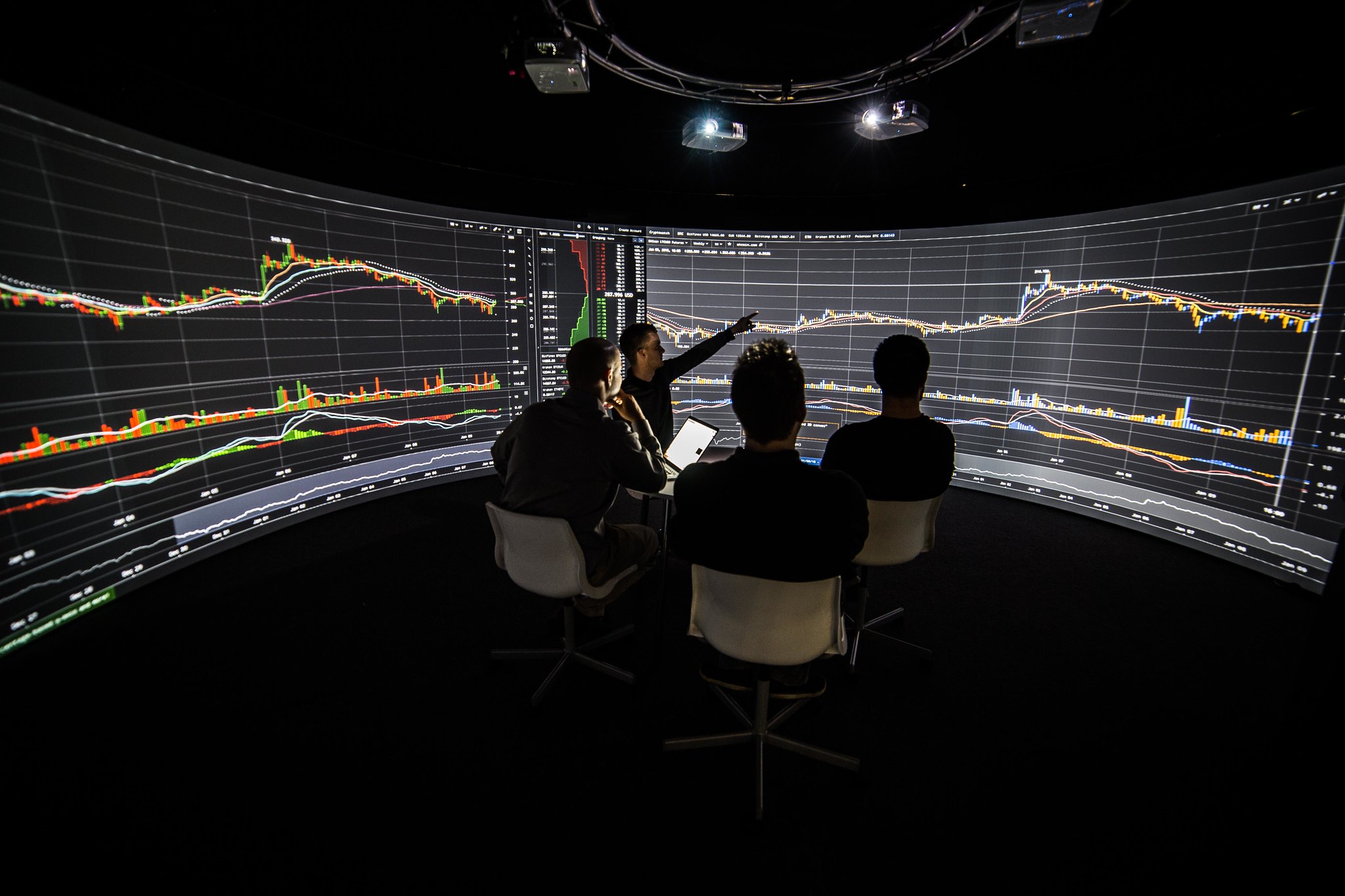If you’re setting out on your search for your immersive technology solution, you might have come across a very common misunderstanding that’s out there in the market.
It’s very often the case that the terms ‘CAVE’ and ‘Igloo’ are used interchangeably.
But, the truth is, they are two very different technologies, with very different attributes, and hugely different costs.
And, as our product range and software suite continue to grow, we wanted to provide an updated comparison of what you should consider when weighing an Igloo vs a CAVE.
What's an Igloo?
The Igloo, originally, was a product of the 1990s dance music community. And it was put together by technically-minded pragmatists who wanted to deliver the best possible experience at the lowest possible price-point.
The term Igloo is a brand name, which refers to the original dome-shaped systems. An Igloo can now come in a range of standardised shapes and sizes, including cubes and cylinders as well as domes. It is also possible to use an Igloo Immersive Media Player to retrofit any space with Igloo immersive technology, regardless of size, shape, or dimensions.
Igloo also integrates with any type of display technology, including 2D and 3D projection, LED,
or other flat panel displays. It is a layer-based visualisation system that can work with any content, from any source, in any format, for any use case.

What's a CAVE?
The CAVE, originally, was a product of the 1990s academic community. And it was put together by idealistically-minded academics who wanted to deliver the most realistic possible experience using the best possible components.
The word CAVE itself is an acronym for Cave Automatic Virtual Environment. It’s also a clever
reference to the allegory of Plato’s Cave (which explores the nature of perception, reality, and
illusion). It is typically a cube-shaped space using extremely high-resolution projectors. The walls, floor, and ceiling act as projection screens to create an immersive environment. And a user generally wears stereoscopic glasses to see, walk around, and interact with 3D content using a variety of input devices.

You could debate the details for hours. But, in essence, it comes down to three key points:
- The complexity
- The flexibility
- The cost
We thought it may be useful to emphasise the distinctions. So, we’ve put together an updated edition of our ‘Igloo vs CAVE’ white paper - and we’d encourage you to download it for the full story.
We've created unique installations for all sorts of clients who were initially looking for a CAVE - and we'd love to tell you about them.
If you’re ready to find out more, just get in touch. We can even give you a virtual demo of the Igloo technology.
What are you looking for today?
- Find out how Igloo technology can work for you
Explore our range of products, including cubes, domes, cylinders, immersive workspaces and Immersive Media Players.
Find out how the Igloo software can take any content from any source in any format and put it into a shared immersive space.
Understand more about the applications for Igloo immersive technology, including collaboration, simulation, visualisation, and experiences.
Check out our collection of case studies and our videos for inspiration.
- Learn how you can partner with us
We’re always on the lookout for content creators who live and breathe the immersive medium - and so our are clients. So, we’d love to hear from you!
If you’re a systems integrator with a client looking to create an immersive installation, find out how our Immersive Media Player can help you. We can help advise on all the quirks as well as the characteristics of immersive installations.
See how you can integrate your software with the flexible, content-agnostic Igloo platform, and offer your clients a way to experience your tools in a shared immersive space.
- Contact us and book a demo
Ready to experience the power of Igloo technology?
Just get in touch! We can even offer you a virtual demo.
- Stay up to date with everything Igloo
Sign up to our newsletter.
And follow us on LinkedIn, Twitter, Facebook, or Instagram.
Back





 The top features of our software for immersive spaces.
The top features of our software for immersive spaces. How Shared Immersive Technology Delivers Value Across the Entire Energy Asset Lifecycle
How Shared Immersive Technology Delivers Value Across the Entire Energy Asset Lifecycle What are the benefits of immersive training compared to e-training?
What are the benefits of immersive training compared to e-training? Evolution Of Virtual Reality
Evolution Of Virtual Reality What Is The Business Case For Immersive Spaces?
What Is The Business Case For Immersive Spaces? Using Immersive Spaces To Elevate Your Business
Using Immersive Spaces To Elevate Your Business
